The Birth of the Long Island Motor Parkway
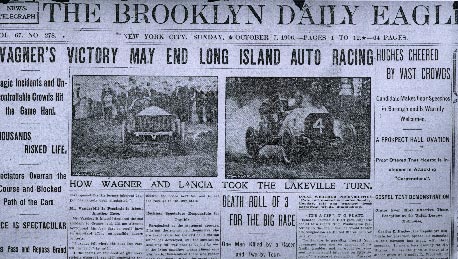
The death of a spectator in the 1906 Vanderbilt Cup Race nearly brought the classic to a premature demise. The marvel was that only one spectator had been killed in the three races held up to that time. Demonstrating vision again, William K. Vanderbilt Jr. chartered the goal of a private parkway.
His dream was for a safe, smooth, police-free road without speed limits and a place to conduct his beloved international race without spectators running onto the course. Vanderbilt and his associates were careful to position this new and modern Appian Highway as a modern convenience to all automobile enthusiasts and not primarily as a speedway for race cars. They extolled the virtues of economic development and the efficiency of quickly retreating from the city to the calm and healthful benefits the fresh country air that Long Island had to offer.
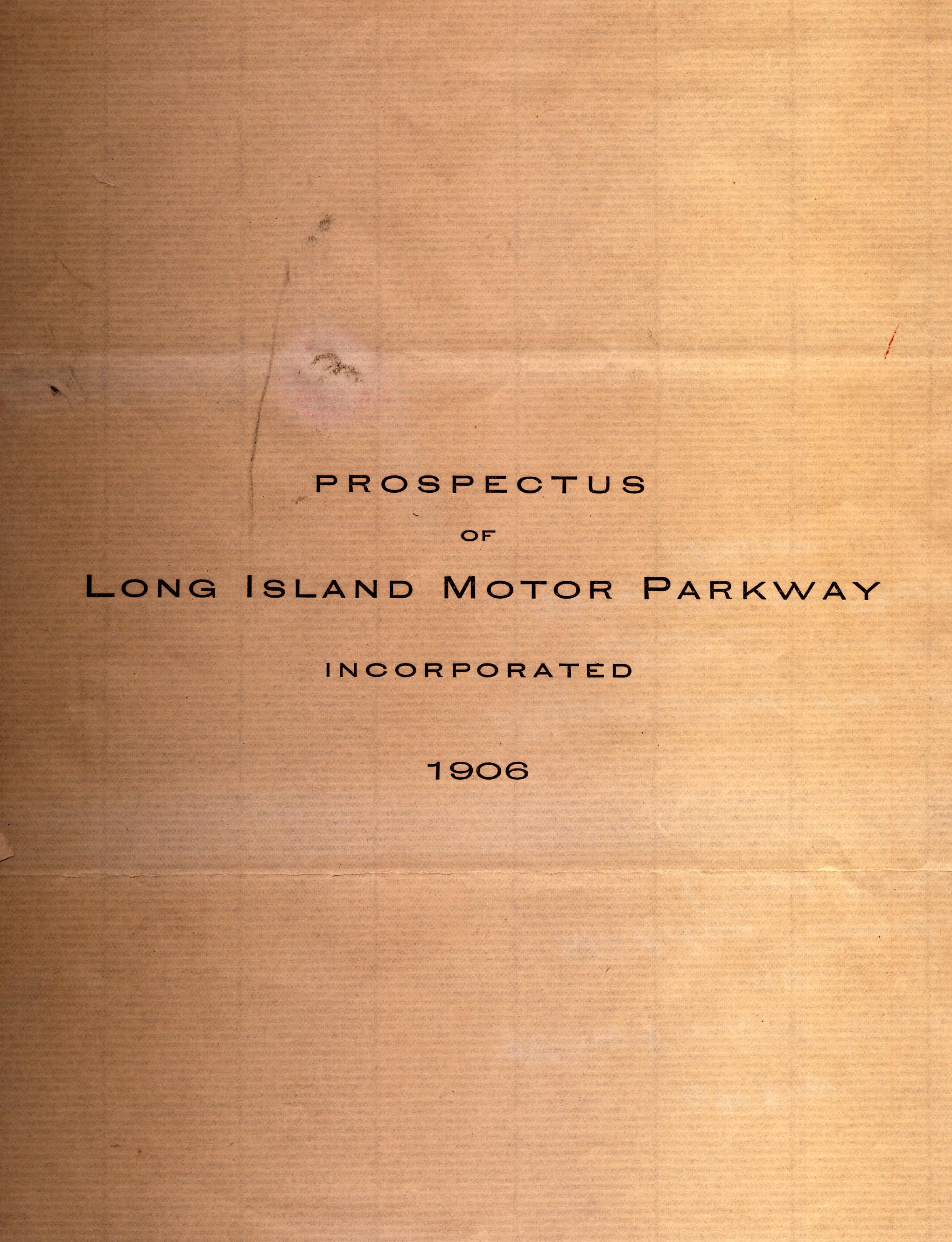
In December 3, 1906, a prospectus was issued for the Long Island Motor Parkway, Inc.
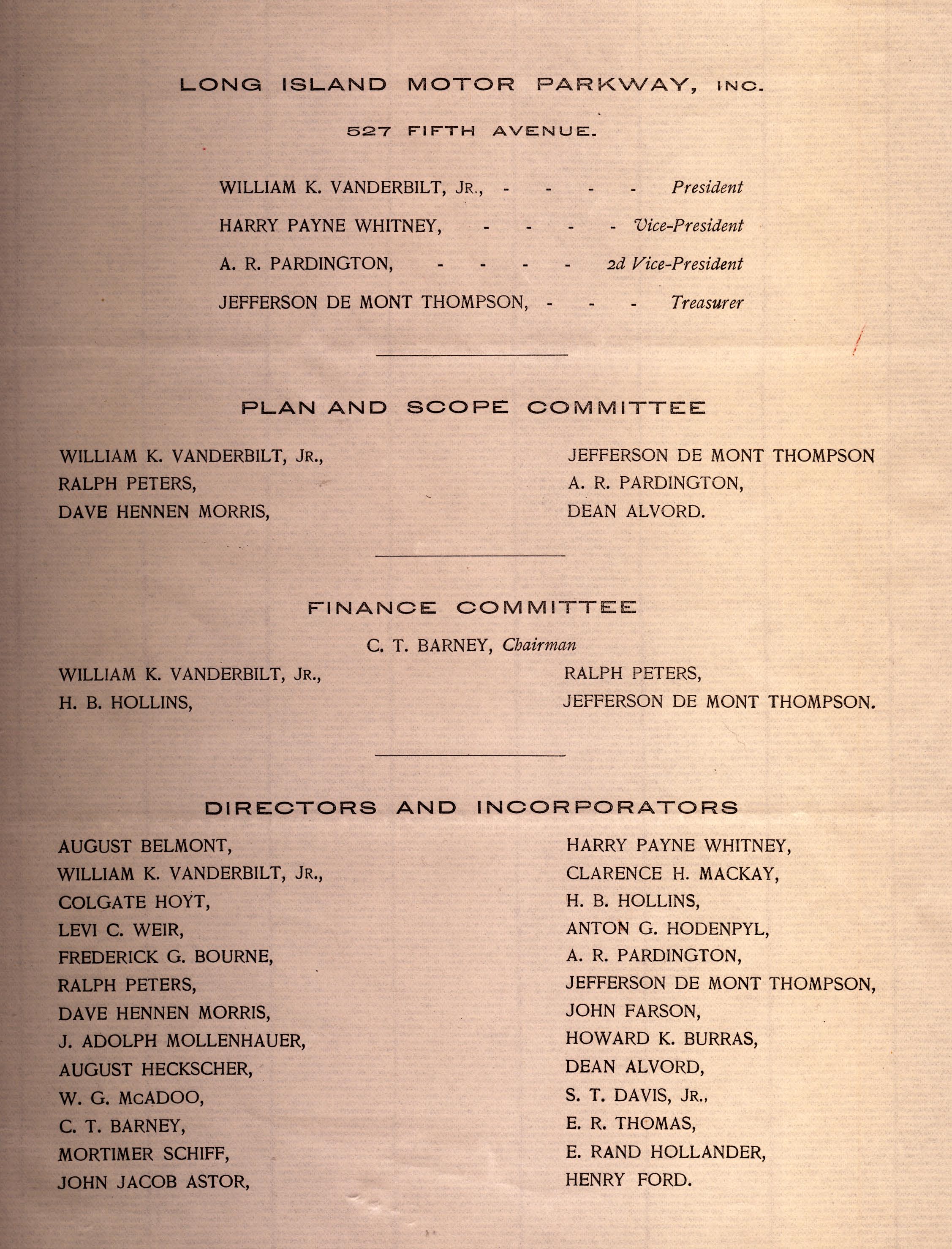
William K. Vanderbilt Jr. was named president. The other officers were Harry Payne Whitney (vice president) and Jefferson De Mont Thompson (treasurer). Nominated as second vice president and eventually general manager, was Vanderbilt's good friend, A.R. Pardington. Other notable directors and incorporators included Henry Ford, August Belmont, Frederick Bourne, Mortimer Schiff, John Jacob Astor, August Heckscher and Clarence Mackay.
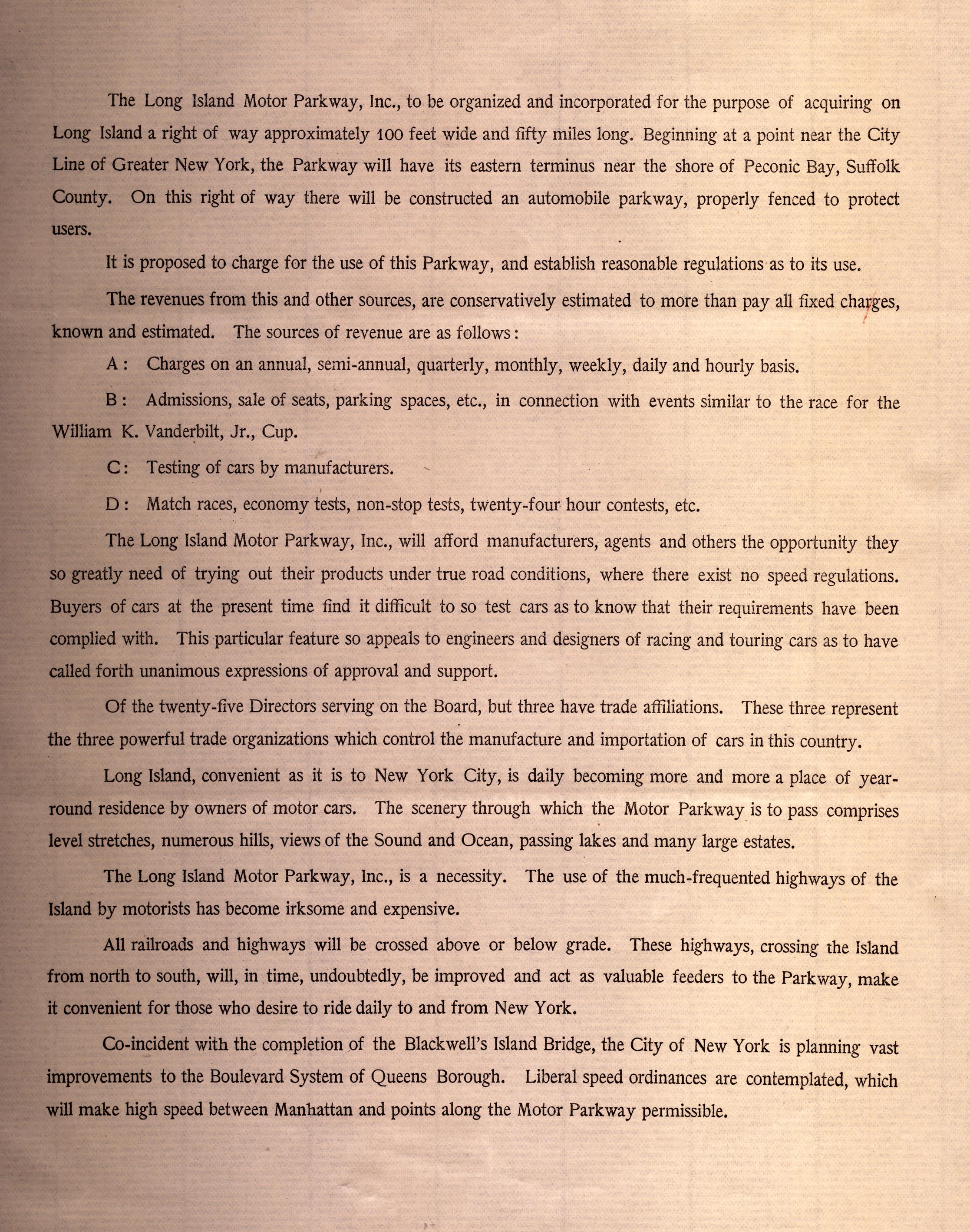
The goal stated in the prospectus was "acquiring on Long Island right of way in Suffolk County. On this right of way will be constructed an automobile parkway, properly fenced to protect users."
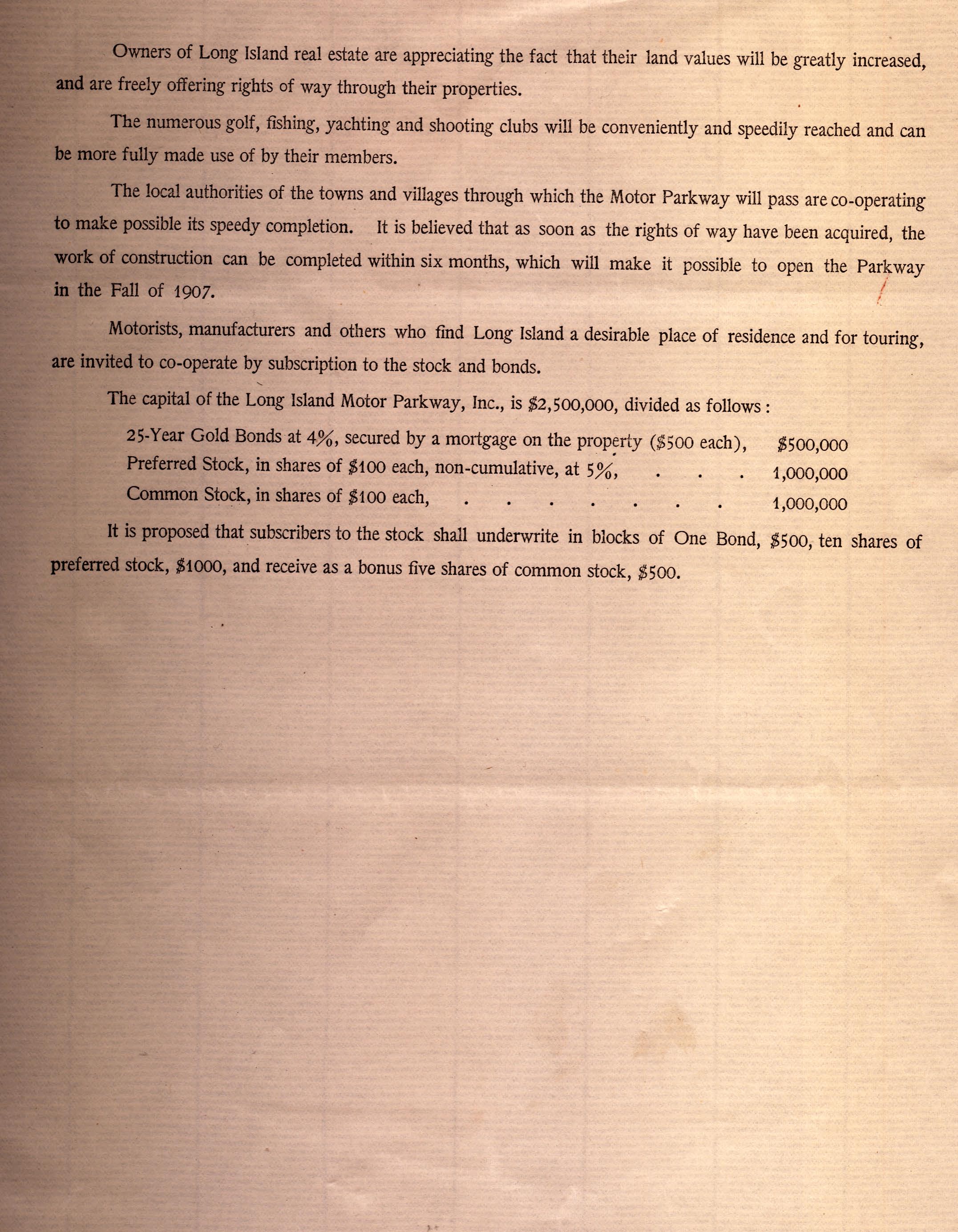
The capital of the Long Island Motor Parkway, Inc. is $2,500,000.
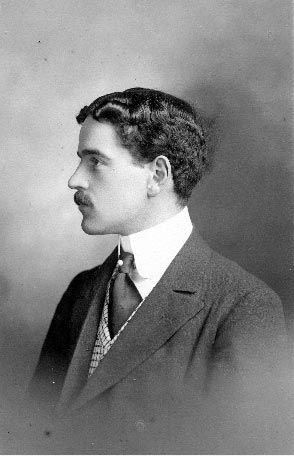
At the annual Automobile Club of America (ACA) banquet held five days later, Vanderbilt voiced his goals with the Parkway:
“It has been the dream of every motorist to own a perfect car and to have a road without speed limit…There is to be constructed a private right of way through the center of Long Island in an easterly direction from the city limits, a highway to be built on a 100 foot right of way and having an approximate width of 50 feet. Grade crossings for both railways and highways are to be eliminated by the construction of bridges and tunnels and the entire distance to be fenced. Access and egress to this boulevard will be obtained at toll gates erected at intervals of about five miles. The surface of the road will be either oiled or tarred and maintained in first class order so that the motorist can enjoy a ride without dust, without bumps, and last, but not least, have no interference from the authorities….If we can prove to the public it is a paying investment we will not only have the Long Island Motor Parkway but roads of a similar character extending to Philadelphia, Albany, Boston, and many other smaller towns.”
Enjoy,
Howard Kroplick

Comments
What a vision he had…. And a vision he saw materialize. Great find Howard !